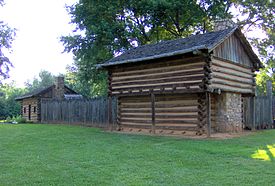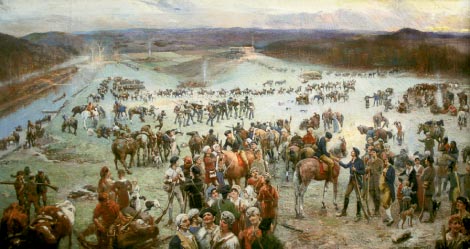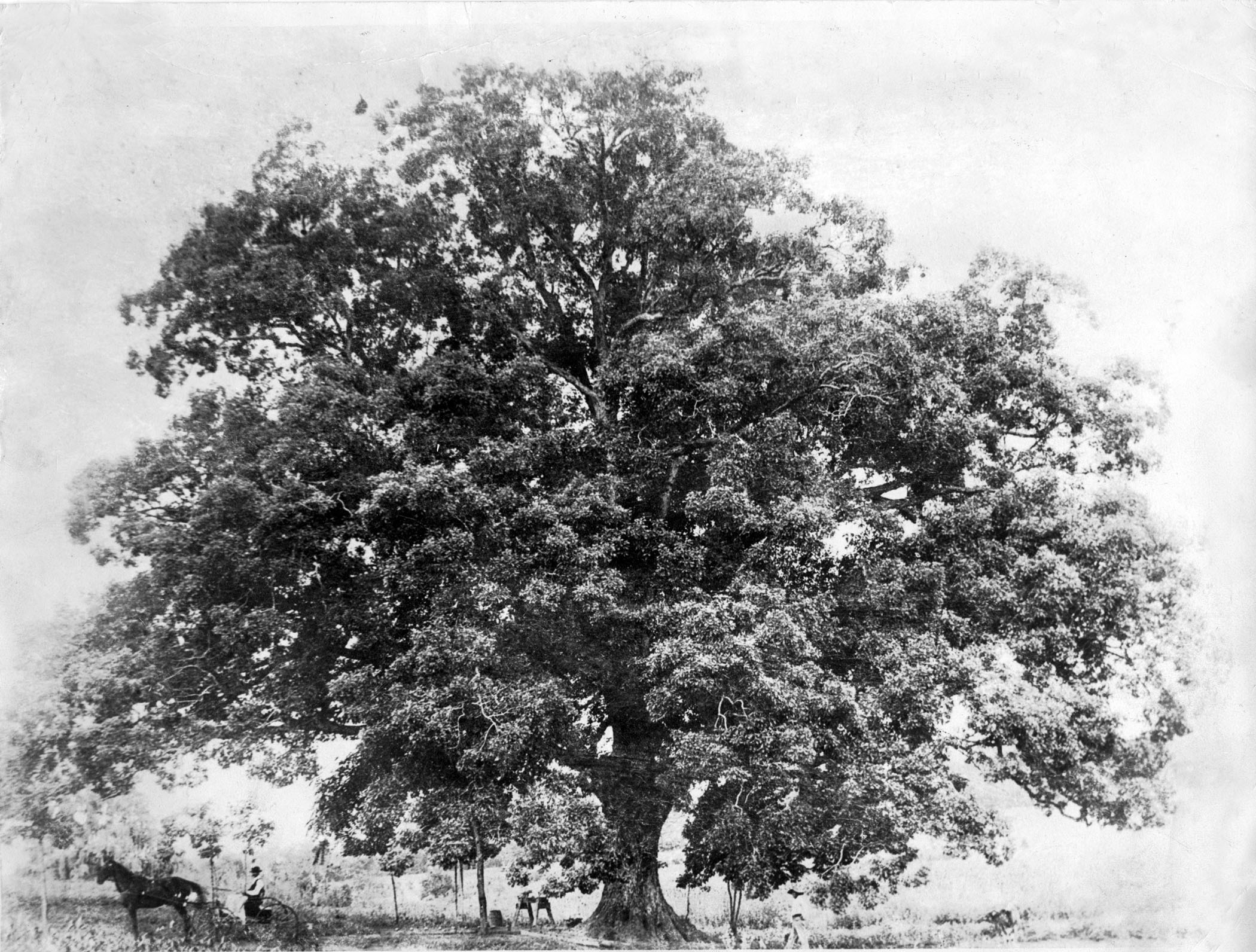Gilbert Town
Who was Captain James Houston?
see what a Rutherford Co Patriot said
Bobby Moss and the 1909 BKM plaque didn’t hear about this hillbilly?
BKMNP needs help to locate farms of
James Miller, John Gray, Col Andrew Hampton (fort), and other local patriots
include Roebuck’s Spartanburg boys
Draper p475 Maj. Porter wounded at BKM,
missed Sgt James Porter, wounded at Ramsour’s Mill.
peek at Sgt Porter’s testimony
Bobby Moss got closer. The 1909 monument missed, too. We should get even closer.
Before 1768 Salisbury for Rowan County and Charlotte for Mecklenburg County comprised all of North Carolina to the west. In 1768, Tryon County was split off from Mecklenburg at the Catawba River and included the “New Acquisition District” of South Carolina. Gilbert Town was the center of Tryon County. In 1775 the line between the Carolinas changed from the westward extension at the current corner at Andrew Jackson was bent to the northwest so that the Rock Hill, Spartanburg, and Greenville areas were no longer in North Carolina. The huge Old Tryon County shrunk. The Tryon County safety committee passed the Tryon resolutions in August 1775 at their court session between Lincolnton and Shelby.
In 1779, Lincoln County and Rutherford County were formed and Tryon County disappeared. Lord Tryon, the Royal Governor’s name was erased from the map. Gilbert Town was the first county seat of Rutherford County. The adjoining South Carolina area had folks with a greater affinity to the Lincoln and Rutherford Scot-Irish Presbyterian neighbors than to the Anglican parishes along the Atlantic coast.
In 1780, Patrick Ferguson recruited for his Loyalist Militia in Gilbert Town. His forces came back through after forays into Burke County as far as Old Fort (Davidson’s) and the mountain coves of the Blue Ridge and the upper Catawba and Broad River valleys.
the little community of Gilbert Town was the county seat for Old Rutherford County. It was a stopping point for the Overmountain Expedition on the way to Kings Mountain.
Colonel John Walker on Cain Creek.
At this session of the County Court of Pleas and Quarter Sessions, the following appointments were made:
Felix Walker, clerk of county court;
Richard Singleton, sheriff;
Benjamin Hardin, public register;
David Miller, entry taker;
Jonathan Gullick, county surveyor;
Davis Whiteside and William Gilbert, Representative of the House of Commons; and
William Porter, Senator.
forts: McGaughy; McFadden; Potts; Hampton; Mumfords; and Earle.
Thomas Rowland, William Nevill, Felix Walker, James Miller, and James Whiteside to select a new site for the county seat. In September 1787, the above-named commission purchased fifty (50) acres of land from James Adair for the new county seat. It was located on a hill with a good water supply. Ezekiel Enloe surveyed and platted the land. The new town was given the name of Rutherford Town. Later the “w” was dropped from the spelling and today is spelled “Rutherfordton.” This is the oldest county seat in western North Carolina. Rutherford County is the parent county of the sixteen western counties in North Carolina. Buncombe County was the first county to be formed from it in 1792
letters of administration; probating wills; seeing to the needs of the poor and orphans; levying taxes; and appointing tax listers and collectors.
The first justices of the peace were John Flack, William Grant, James Whitesides, John Walker, William Nevill, Timothy Riggs, George Black, William Gilbert, James Withrow, Jonathon Hampton, and John Earle.
•Fort McGaughey, near Brittain Church, was named for Andrew McGaughey, and Samuel Martin was in charge. The son of John Preston Goforth, killed at Kings Mountain, was born in Fort McGaughey in 1779. He later married Isabella Smart, daughter of William Smart, jr., who was also in the Kings Mountain campaign.
•Fort Potts was named for a land speculator, John Potts, who moved to Kentucky early in the 1800’s.
•Fort Hampton was named for Colonel Andrew Hampton, and located midway between Fort McFadden and Montford’s Fort. The Revolutionary War pension application of John Bradley tells about his helping to build Fort Hampton.
•Fort Russell was named for George Russell.
•Fort McFadden was located on Mountain Creek and was named for Alexander McFadden.
Ferguson plundered Samuel Andrews on Cane Creek while Andrews and his neighbors hid up on Marlin’s Knob.
William Terrell Lewis Jr said he was born 1811 on Hickorynut Gap Road at Mountain Creek. His dad a brother of Capt Joel of Wilkes Co?









